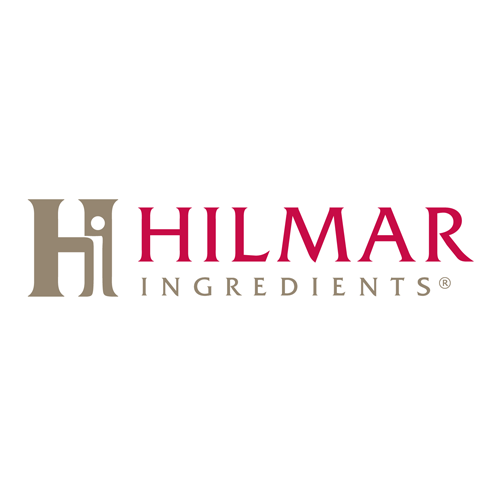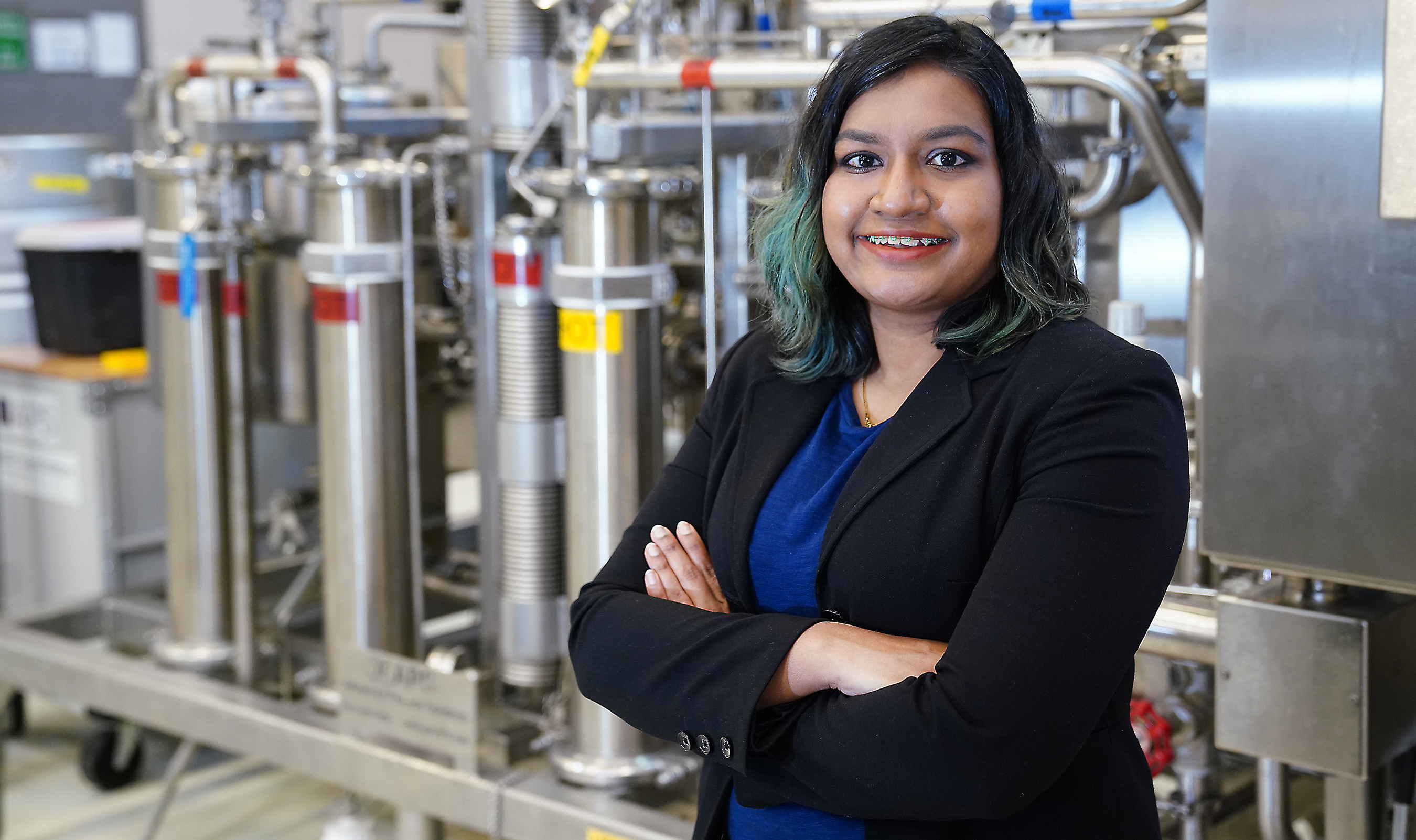Introduction
Shelf-life analysis typically uses temperature as the most common accelerant, including for oxygen-sensitive foods, because the rate-limiting step in oxidation is independent of the oxygen concentration. However, the literature has shown oxidation is affected by the partial pressure of oxygen at low levels (<0.21kPa) when combined with moderate temperatures. This approach has the potential to decrease the total shelf-life analysis time and increase the accuracy, but little data is available. An effective method with multiple accelerant factors is imperative for shelf-life determination and prediction of food products with low errors and reduced analysis time.
Methods
To investigate the effect of environmental oxygen pressure on product shelf life, a mango smoothie fortified with vitamins A, B1, C, and D3 was developed as the model food. Polyethylene terephthalate (PET) was chosen as the packaging material due to its widespread use in the beverage industry and highly recyclable material, providing an opportunity for packaging sustainability. PET bottles filled with model food were placed in a high-pressure (20 psig) environment and supplied with 100% oxygen using custom-made chambers at 40ºC (test samples). Control samples were subjected to the same temperature without additional pressures. The changes in color and vitamin degradation were monitored for both treatments.
Results
Excessive browning was observed with test samples compared to the control with E of 7.8±0.5 and 1.8±0.2, respectively, in just 40 days. The degradation (%) of vitamins A, B1, C and D3 in test samples were 20.0±3.5, 13.6±1.6, 27.2±2.8, 26.3±0.9, respectively. In control samples, the degradation (%) were 11.8±4.4, 5.1±1.7, 13.3±1.9, and 16.9±2.0, respectively. The rapid and constant diffusion of oxygen significantly increased the degradation reaction rates of the vitamins in test samples. Since the samples were exposed to oxygen indirectly at low levels, the impact of oxygen became prominent in the vitamin degradation.
Significance
In conclusion, elevated external oxygen pressure can be used as an accelerant along with moderate temperatures for rapid shelf-life testing of products in polymeric packaging. This new approach has potential application in the food industry for faster shelf-life analysis of food with improved accuracy.


